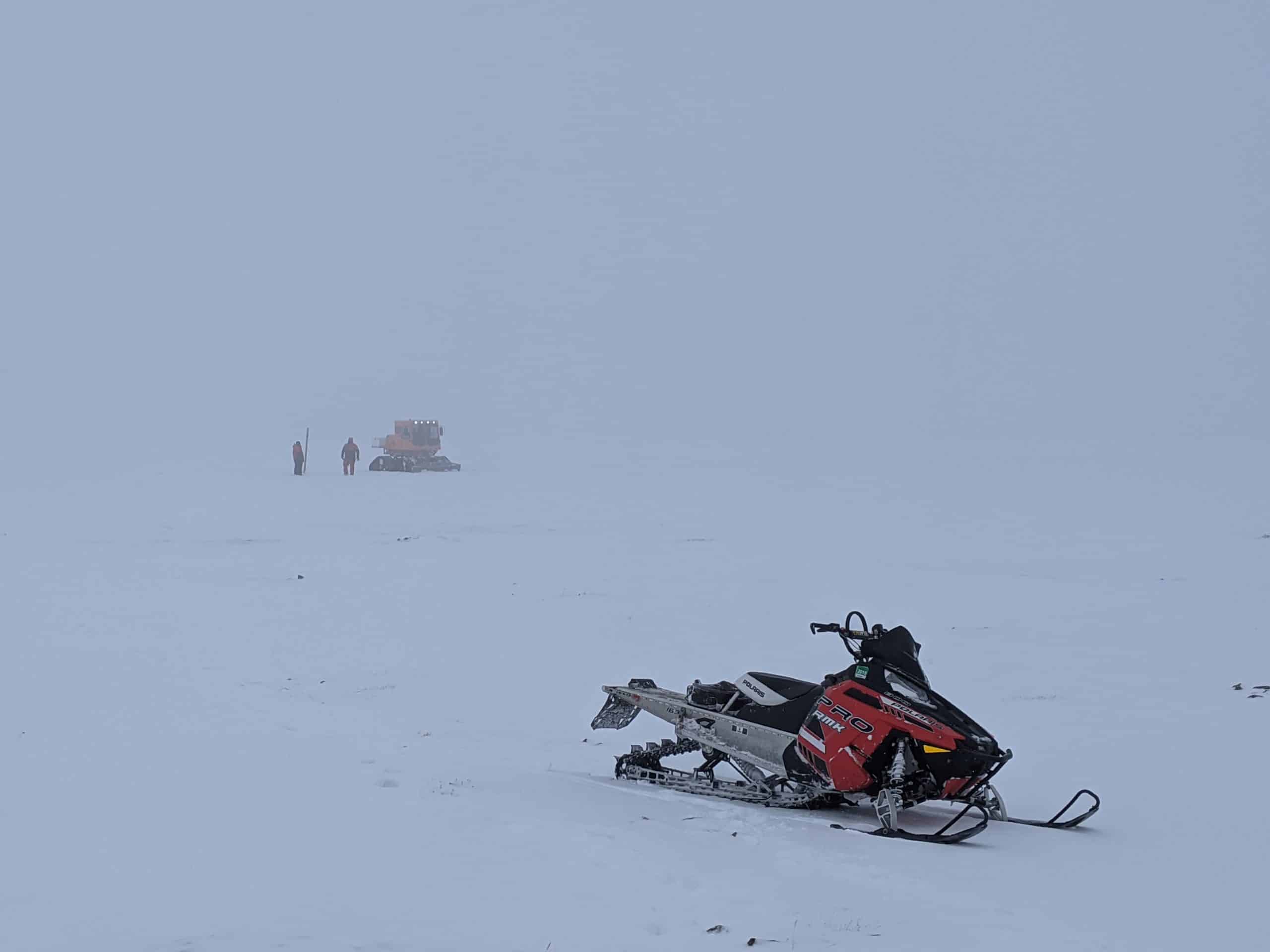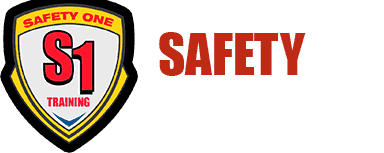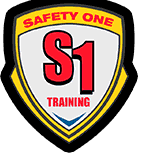
13 Apr Extreme Weather Gear
Extreme weather Gear – for classes held in extreme temperatures
Linemen, tower workers, riggers, technicians, and rescue professionals are a hearty group and our instructors are no exception. As those working in the field know, weather conditions can and do change drastically, especially here in Colorado! While the clothing and equipment required to stay safe and comfortable varies, there are several things to remember on those frigid days!
– For classes held in temperatures below 40 degrees –
When it comes to vehicle operations (snowcat, ATV/UTV, or Tracked AVT/UTV) classes, each student, or group of students from the same company, is required to bring their own snowcat or ATV/UTV with at least enough seats for themselves and our instructors. Aside from the vehicle, we ask our students to bring the same gear that they would normally take on any outdoor winter work adventure so that they are prepared to safely and comfortably work in contact with wet snow, high winds, ice, and other inclement weather. While class is always expected to end on time, it is entirely possible for unforeseen situations to delay the end of the day until after sundown, and low light situations may be unavoidable. The class will continue rain, snow, wind, or shine, students should be prepared to spend time outside in any combination of these elements.
While all effort is made to consider physical and medical limitations and provide for the safest training possible, there are physical elements of this class that will result in interaction with wet snow or cold weather for potentially prolonged periods of time. Students should arrive physically and mentally prepared for such conditions. It is the responsibility of individual students to convey physical or medical concerns to the lead instructor and determine their own limitations. Instructors will respect these concerns but cannot make the determination for the student.
In addition to your typical PPE (harness, helmet, gloves, goggles, lanyards, etc.) and in an effort to prepare students for class, we recommend they bring the following items:
Layered Cold Weather Clothing – We recommend a windproof/waterproof outer shell such as Gore-Tex, with enough variety of inner layers to adjust to the temperatures of a heated snowcat or changing weather conditions expected throughout the duration of the class. Don’t forget, for all fall protection classes your harness must still fit properly regardless of the number of layers worn.
We strongly recommend avoiding cotton clothing, such as denim jeans/cotton Carhartt style gear when cold or wet weather is expected unless your work environment requires such clothing.
We advise against one-piece snowsuits, as adjusting to weather changes throughout the day is not practical.
Head Protection – Please bring at least one warm hat to wear. Options for thickness as well as redundancy are a good idea as well but make sure your option fits under your helmet.
Gloves – Warm gloves will be necessary for this class. Contact with snow and other wet/cold components is a guarantee. Please bring at least two pairs of gloves but more is better, at least one pair will become wet and ineffective. The best gloves are insulated and water-resistant.
Boots – Insulated and water-resistant boots are required for this class. Uninsulated leather work boots or steel-toe boots are not sufficient for cold weather conditions. If safety toe boots are required opt for composite toe boots and wear wool socks. We prefer Smartwool or Ragg wool, both are great options but choose a pair that fits comfortably inside your boots without excessive bunching or constriction.
For classes held in temperatures above 80 degrees or with high humidity –
Sun protective clothing – Unless prohibited by your company or industry standards, wear lightweight loose-fitting synthetic materials designed to wick moisture from your skin. Clothes classified as “sun protective clothing” are a great option and are available from a variety of manufacturers and retailers these options are made from synthetic and natural materials often including polyester, cotton, wool/cotton blends, nylon, and others. Lighter colors are better at keeping the wearer cool but darker colors (or tighter weaves) are better at blocking harmful UV light.
Rain Jackets & outer layers – Spending the day wet following a brief rain shower can be a miserable experience, make sure you pack a breathable yet water-resistant rain jacket. There are many options in terms of features, weight, durability, and price. Pick options that are comfortable when climbing (arms extended) and do not interfere with the fit or function of your other PPE.
Tools, tarps, sunscreen, and shovels
For snowcat or ATV/UTV class – please bring tools that you would typically carry – If you are driving to class, please bring any tools that you might find useful on a vehicle trip. This could include:
Shovels – for digging survival shelters and helping free a stuck snowcat, UTV, or ATV
Tarps – for something to lay on during repairs and to aid in survival shelters.
Appropriate specialty tools including clutch tools, spare belts, or other tools specific to your unit.
Any other repair or survival tools you think might be useful.
Eye Protection – safety glasses and/or sunglasses are necessary for daytime environments, even in cloudy conditions. We also recommend glasses for low-visibility conditions as well if you have them available. Typically, yellow or pink lenses work well in these conditions and still provide UV protection.
Sun Protection – Sunblock is a good idea for any exposed skin, especially when snow is present. UV light is often reflected up from the snow, which subjects the body to an increased chance of sunburn, even in areas that are not typically a concern, such as underneath your chin, nose, and arms.
Shade – the sun’s rays can be exceptionally taxing, if you’re feeling hot or flushed it’s best to take a break in the shade. Unfortunately, desert and plains environments don’t offer much of a reprieve from the sun, for those situations we recommend a Sunbrerro from CMC or other wide-brimmed hats.
Water/electrolyte drinks and drink mixes – unless it’s exceptionally hot or you’re sweating excessively water is the best choice for hydration. Variety is the spice of life though and plenty of people swear by Gatorade, coconut water, Vitamin Water, or others options. Limit tea, coffee, and caffeine in hot environments as they’re known as diuretics. It is always better to drink more often and in smaller amounts.
If you do not have this equipment available to you, we recommend making the minimum purchases necessary to be comfortable during class. You may wish to reserve large purchases for after the class, as clothing and equipment will be covered in much greater detail during the classroom portion.
If you need new equipment, check out our website, S1 Supply: https://s1supply.com/.
Contact your client advisor or our gear shop, S1Supply at 800.460.1470, [email protected]
This brief guidance is provided to assist students who do not work in the snow on a regular basis, to make this training a safe and comfortable experience. This is not designed to cover the topics of proper gear selection, which we will save for when we see you in class!


No Comments